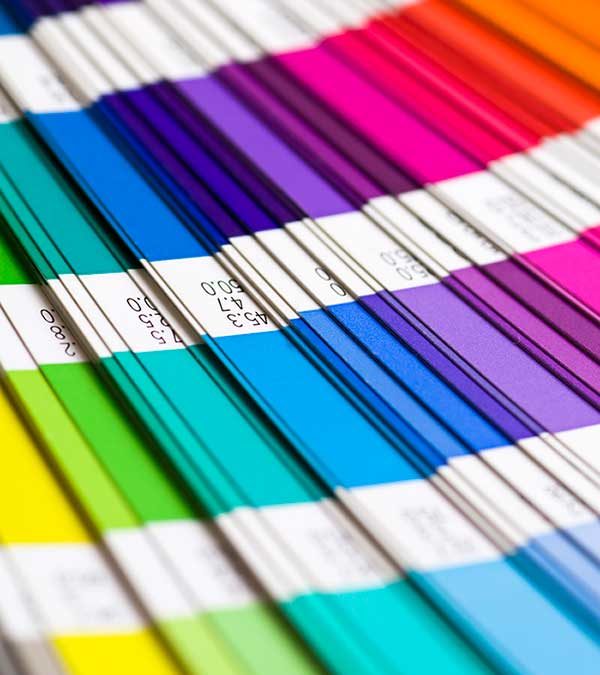The psychology of color’s effect, when used in marketing, has been debated for years. Some experts claim that specific colors should be used in marketing as they elicit desired emotions and buying behaviors. While color has been proven to enhance long-term memory, short-term memory or both is there a tried and true formula for choosing colors in marketing? Unfortunately not.
What we know about the use of color in marketing
Research shows that color can influence 60-80% of a customer’s buying decision. The reason the impact of color in marketing is so debatable is the simple fact that color means different things to different people. When people’s tastes differ how do you create generalized buckets for colors based on how they make a person feel? You really can’t.
Research suggests that color’s efficacy on marketing is hinged upon whether or not the consumer feels the color “fits” how it is being used. Consider the way the color will be presented to consumers. What is the desired feeling you want consumers to have when viewing your advertising?
Color can be used to create a subconscious attitude about a product. The color gold has long been used to symbolize success and wealth. Healthcare has been associated with blues and greens because these colors are perceived to build trust and create a calming effect. Healthcare providers want calm, trusting patients, right? But if everyone in healthcare is using blue and green does it lose its appeal and impact? Possibly. It certainly dilutes the efficacy, if anything.
Research shows that consumers prefer recognizable brands. For new brands, this creates an urgency to choose colors that are different from well-known competitors to stand out. If almost everyone in healthcare is using blue, why not use green or even orange?
Final thoughts on color use in marketing
Instead of getting caught up in what colors mean, it is more important to consider your brand’s personality. Are you a rugged outdoor company? Healthcare organization? Choose colors that make sense based on your industry and target audience. But don’t get caught up in stereotypes.
Color can and will elicit different feelings depending on how it is being used. Red in healthcare creates a sense of urgency. Red can also bring up feelings of passion. The point is, there is little evidence that shows that a particular color will make a person choose one product over another.
The successful use of color comes down to understanding your audience and your product or service. Remember that you will not always use the same colors in marketing. Create a palette of colors that will work for varying messages.
When using color in your marketing and branding efforts, it is better to anticipate the feeling your color choices will elicit in your prospective consumers. If your color makes sense and stands out, you are on the right track. Don’t be afraid to try out new colors. Measure their appeal by tracking the responses you receive from the change. The results may surprise you!

